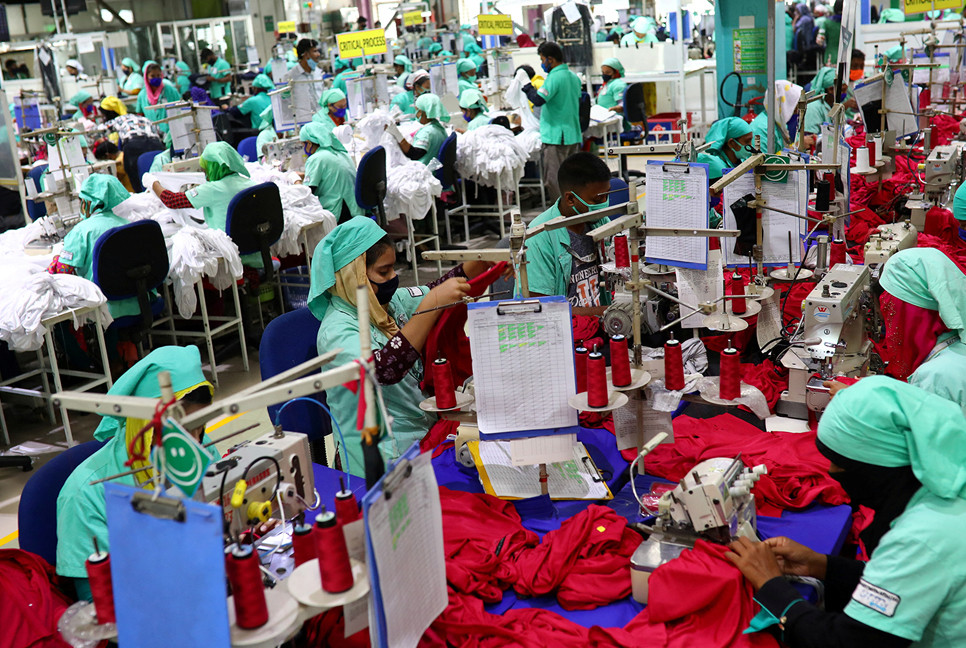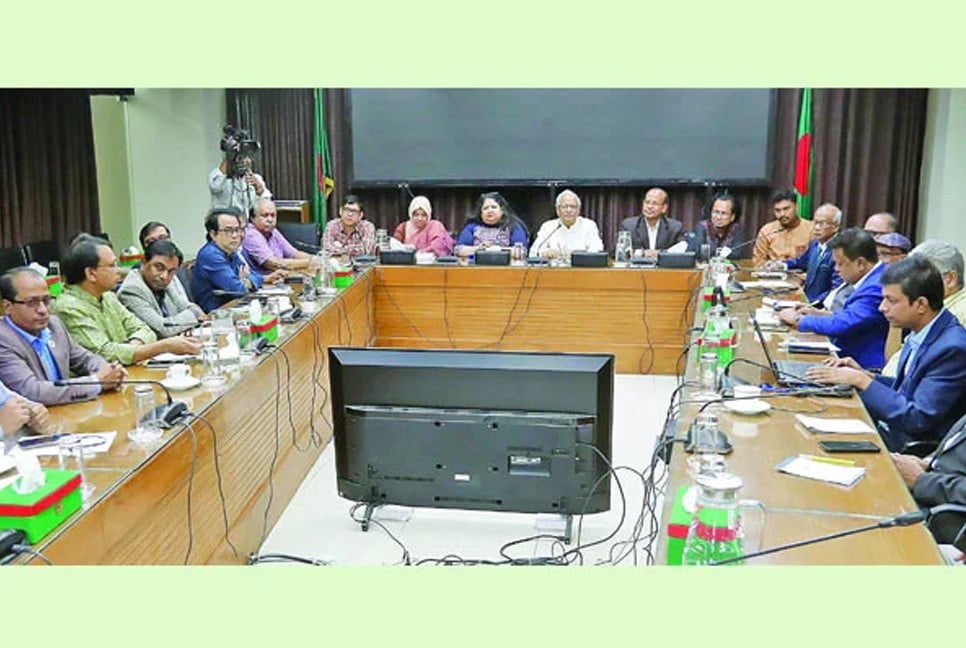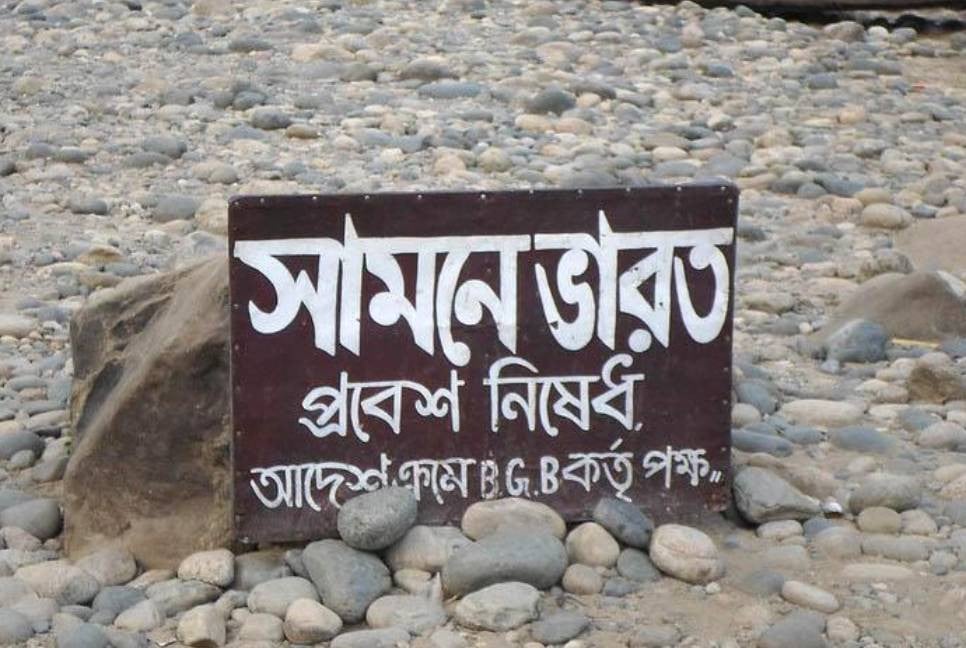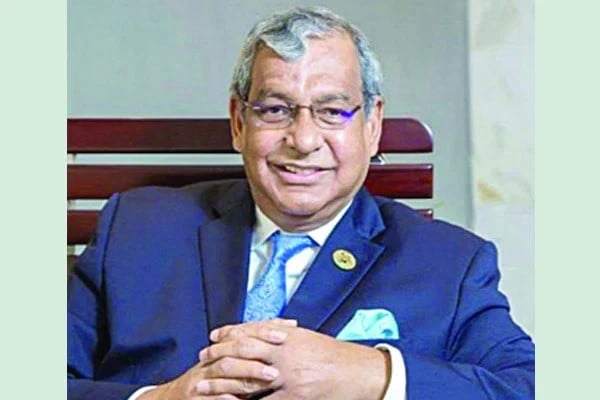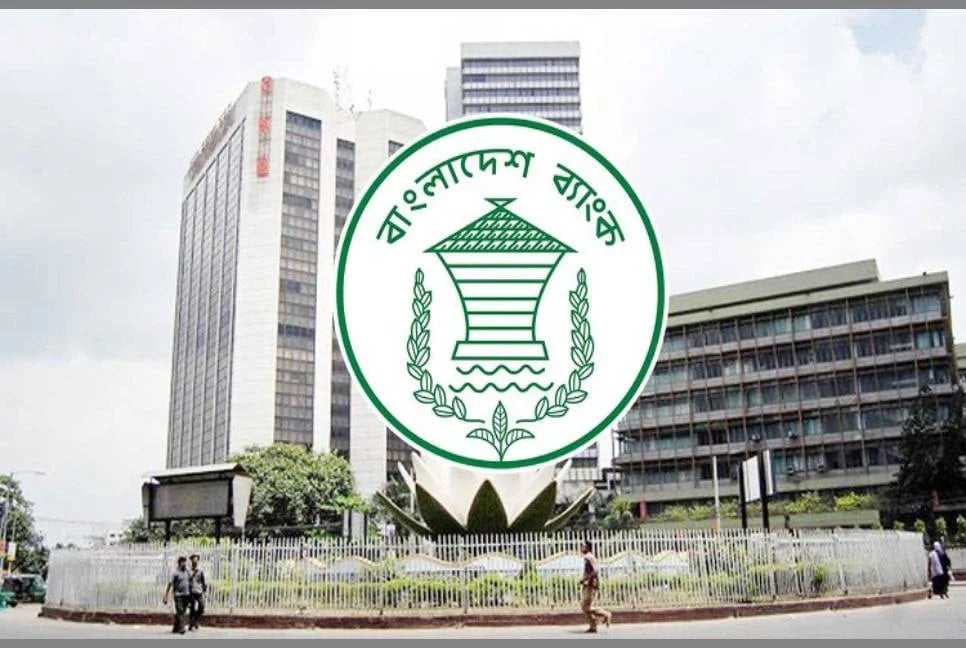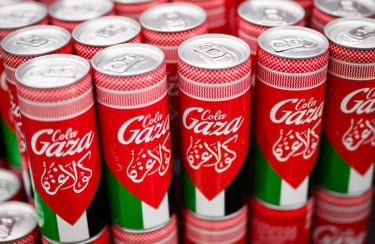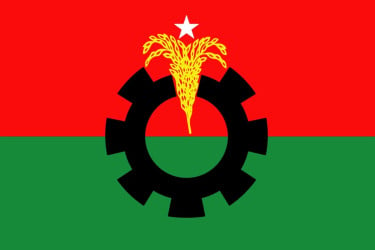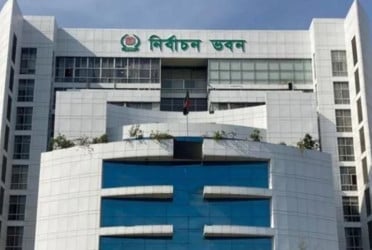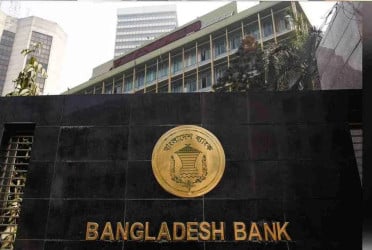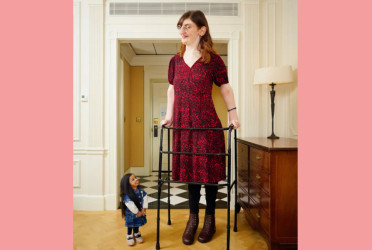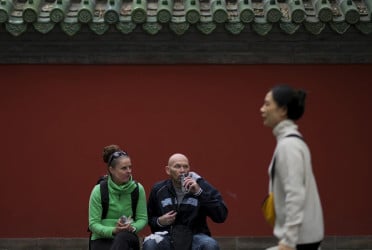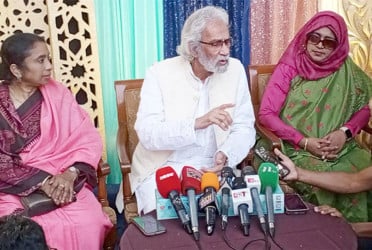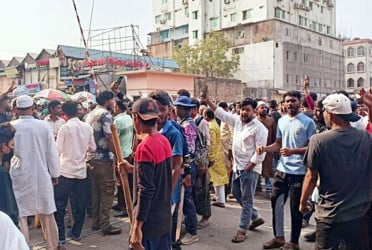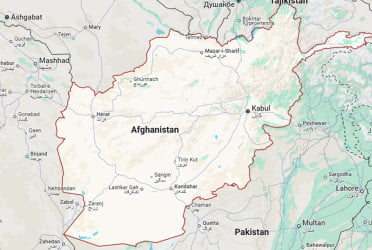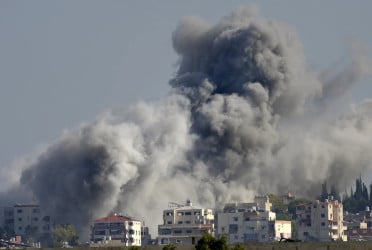Europe and America stand as Bangladesh's largest export markets, especially during the festive Christmas season when shoppers flock to branded stores for extensive sales.
In this winter, eager customers rush to buy new clothing, and a significant number of apparel buyers look for Bangladeshi garments to capitalize on this shopping frenzy. Throughout the year, entrepreneurs in the garment sector of the country look forward to the December orders that are vital for their business.
However, this year, those hopes have taken a hit. According to the Bangladesh Knitwear Manufacturers and Exporters Association (BKMEA), nearly $3 billion worth of purchase orders have shifted to other countries, casting uncertainty in the industry.
Experts note that buyers typically start placing Christmas orders as early as June or July, keeping factories buzzing for the next six months. This July to December trading period is essential for the entire export sector, influencing overall annual performance. As the holiday season approaches, concerns are growing over the outlook for December apparel orders.
Mohammad Hatem, BKMEA President, noted that orders usually received around Christmas coincided with the onset of the quota movement. The imposition of curfews forced factory owners to shut down operations, and many factories remained closed following the movement due to ongoing labor dissatisfaction.
“Additionally, dollar shortage has complicated Letter of Credit (LC) processing at banks, hampering the garment sector's ability to capitalize on Christmas season opportunities and allowing competing countries to benefit, while foreign buyers have shifted their focus away from Bangladesh,” he said.
Garment sector entrepreneurs stated that the July-August Movement have enhanced the country’s image internationally, particularly providing a chance to regain foreign confidence. However, subsequent labor unrest and the lack of stability in law and order have generated new uncertainties among foreign buyers.
Khandoker Rafiqul Islam, President of the Bangladesh Garment Manufacturers and Exporters Association (BGMEA), revealed that labor dissatisfaction, which began in late August, has led to a production loss of $400 million in the garment sector alone.
According to data from the Export Promotion Bureau (EPB), country’s total export earnings for the first quarter of the current fiscal year (July to September) reached $11.37 billion, an increase of nearly 5 percent compared to the same period last year. The EPB's figures indicate that the garment sector also experienced similar growth, with export earnings of $9.2 billion during July-September compared to the previous year.
Anwar-ul Alam Chowdhury Parvez, president of Bangladesh Chamber of Industries (BCI) said that the garment sector achieved only a nominal growth of 5 percent in the first quarter of the current FY, significantly lower than the growth rates of India and Vietnam. He expressed concerns that growth may decline further in December and January.
A former BGMEA president noted that the political landscape in the country has changed significantly due to the student uprising. Factories should attract foreign buyers back to Bangladesh and use this opportunity.
However, the law and order situation remains unstable, and gas shortages continue to impact production-oriented factories. To date, the government has not provided assurances regarding these issues.
He added that most buyers have local offices in Dhaka, and the information being transferred from here reflects a growing lack of trust among them.
(Translated by ARK)

